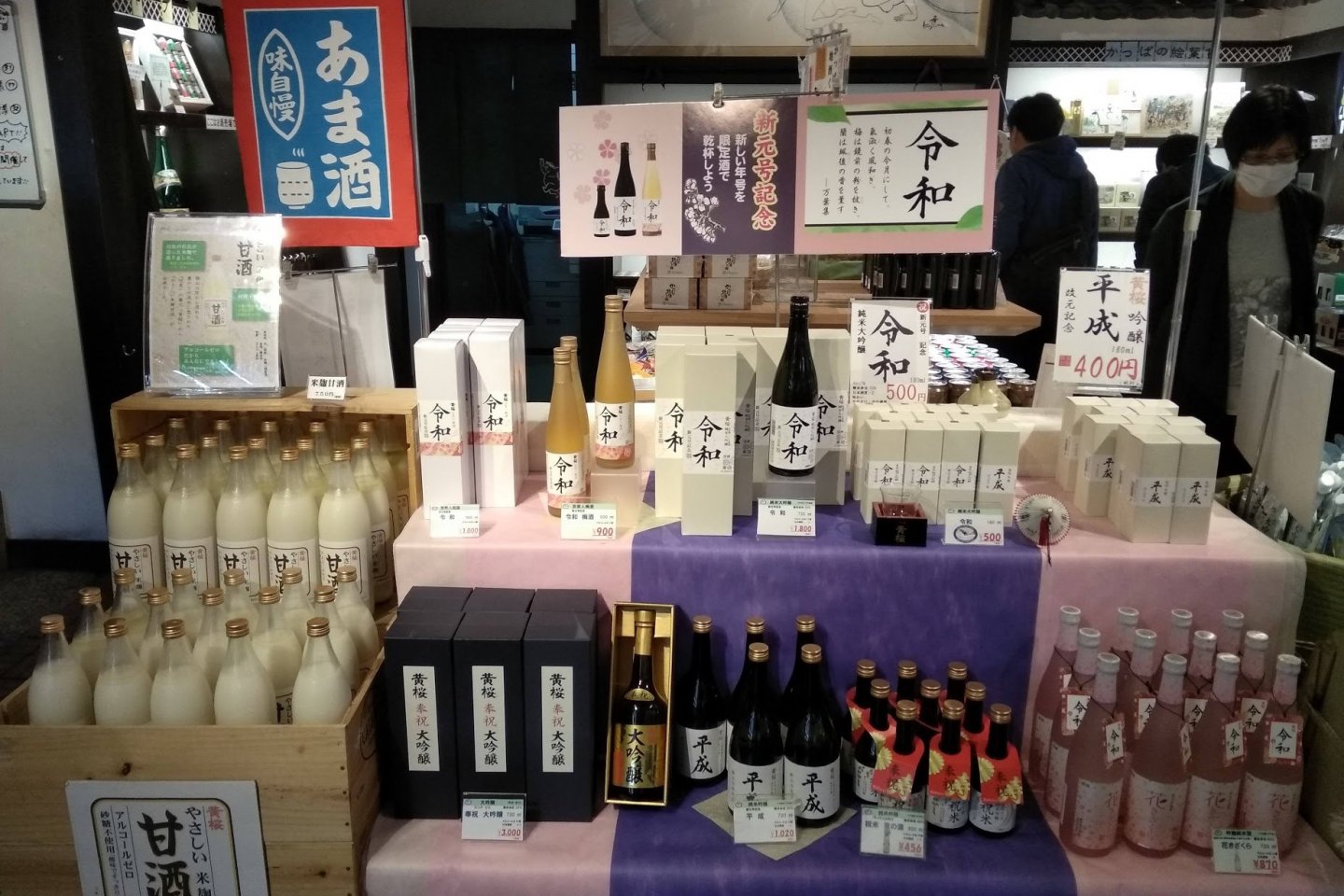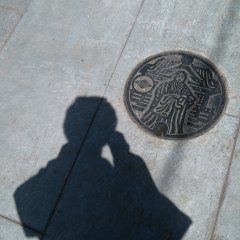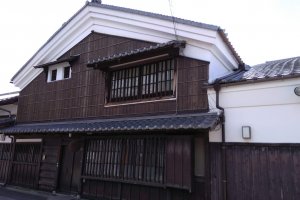Throngs of people pound the pavements to visit Fushimi Inari, Kyoto, and walk its 1,000 red torii gates surrounded by forests of stone foxes. The shrine is named for Inari, the Japanese kami or spirit of foxes, messengers of the gods. But Fushimi is also famous throughout Japan for a different kind of spirit, sake.
Fushimi’s ace in hand that has made it a leading producer of sake is its water. This is rich with potassium and calcium, perfect for sake. Fushimi has been praised as one of the top 100 natural water sources in Japan. Throughout the town, I saw people lining up at springs to fill giant water containers and even plastic bags with Fushimi’s water.

The town to see some of the origins of Fushimi’s famous sake brewing district is Momoyama Goryo. The breweries began around the 1600’s, and many buildings remain intact.
I first trotted into Gokounomiya Shrine where the precious water started flowing around 794. People still fill their containers from that very first spring. Sake brewers pray at this shrine.The shrine entrance is strikingly colourful with painted carvings embedded at its top, of course with waves and waterfalls splashing all over clouds and flowers. Time has not been permitted to fade the colours.

I went along for the sake factory tour at Kizakura Kappa. It was disappointing in that I thought I’d see the real thing. A swarm of bright eyed and bushy tailed tour guide types greeted me, must have already had a nip, but all they did was guide me to the lift.
I did learn, though, from the good video, as well as a brochure which guided me through the floors. These showcased the actual machinery of each step of the brewing process. It’s all high tech now, all polished gleaming steel, lots of wires, switches, computers. But traditional methods still prevail. Just with modern equipment.

Each step is carefully monitored and tested by the toji, the brew master. He is there from the selection of choice rice to its steaming and mashing, fermentation, distillation and tasting. Even a slight mis-measurement means everything gets thrown out, and they start all over again. The skill, precision – and care – is still only achieved by the human hand.
Women are now being admitted into the ranks of the esteemed toji. It seems the word written the old way actually means “lady”.
Kizakura’s little museum shows the traditional wooden instruments. Around the compound is the old chimney, cedar barrels, storage facilities. I found it quite atmospheric. But Kizakura is like the new kid on the block, established in 1925, compared to Gekkeikan established in 1637.

Gekkeikan is the big one, at home and it seems even abroad. Part of their brewery is now their Okura Museum. I did not go in. They were blank faced, dourly pointing to the admission fee, the grand sum of 300 yen. I decided the money was better spent on cream cake.
Most of the shops in the district sold, of course, sake. Many were tiny, crammed with every variety of sake, in every shape and size. They projected a character of their own, yet still added to the historic feel of the area.
Consumption of sake is supposedly decreasing as Japanese discover the joys of other varieties of alcohol. At the same time, sake sales are increasing out of Japan, as the world discovers sake. Much of this sake would be from Fushimi.































